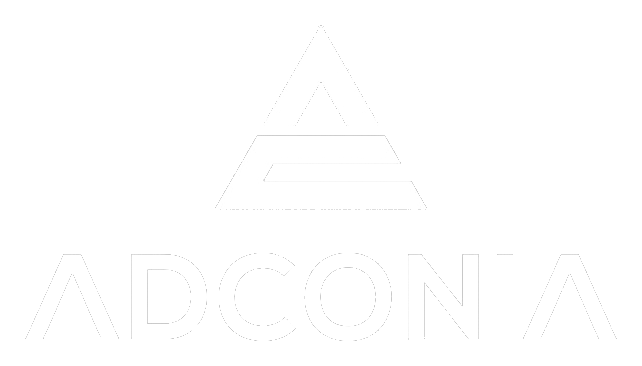
Jessica Murawski
Three steps to measurable targets in Purchasing
„The right product in the desired quality at the right time, at the right place and under optimal conditions“, „Achieving maximum savings“, „Securing supply“, „Less time-consuming operational work, more strategic work“, „Meeting growing complexity and legal requirements“, …
We often receive these or similar answers when we ask clients at the beginning of a cooperation about their goals for Purchasing. And all these are certainly not wrong answers either. However, they have one thing in common: they are vague, they are interchangeable, they are stereotypical and usually not adapted to the individual purchasing organization. They do not provide a concrete point of reference to guide individual employees, because they are not tangible or measurable in the form mentioned. And therefore, they are not really good objectives.
But how do good targets come about? We see the development in three steps:
Step 1: The North Star for Purchasing
Every purchasing department is individual and therefore needs an equally individual and customized overall orientation. We call this overarching goal: The North Star. As a common point of orientation, it unites the vision, the strategy and the target state across all stakeholders. The actual purpose of the department is not lost in the process and flows into the development of the North Star. In addition to the main tasks, the values of the department are also considered.
The result is a generally recognized and very own guiding principle for Purchasing, to which every goal, every project and every activity of the department is oriented and aligned. The North Star guides employees through transformation processes as well as through everyday work.
Step 2: Target definition
While the North Star comprises a long-term vision of purchasing, targets have a horizon of about one to two years and require regular adaptation to changing internal and external conditions. Targets are defined in alignment with the North Star, but are tactical in nature, have a present-day reference to the current situation of the respective Purchasing department and the reasons for their definition are transparent and comprehensible. In order to focus on the achievement of goals, it is advisable to name three to a maximum of five medium-term targets.
„Automation of orders“, for example, is one of the goals that was manifested in a customer project. We all know that the digital transformation gives Purchasing the opportunity to automate processes to free up resources for strategic and value-creating activities. So, the goal is quite understandable. But again, up to this point, it is too vague and not tangible.
Step 3: Measurable key figures
We therefore come to the relevance of the third step: the measurability of the targets. It is precisely this that often makes the difference between a rather suboptimal and a good target, because it gives the individual employee a clear guard rail and guideline in everyday work. For each defined objective, a key figure is therefore named that objectively expresses the implementation of the achievement of the objective, as well as a concrete target value for this key figure.
The exact indicator as well as the derivation of the target value are a highly individual task in which, in addition to the actual situation of the Purchasing Department, a desired target situation, empirical values and/or benchmarks come into play. A good orientation aid is provided by the „Top Key Figures in Purchasing“ of the German Association for Materials Management, Purchasing and Logistics (Bundesverband für Materialwirtschaft, Einkauf und Logistik e.V.), which are collected and published annually.
To stay with the customer example mentioned above, the KPI „No Touch Rate“ was defined as an indicator of target achievement. It reflects the share of order items to suppliers without transactional effort by the Purchasing department, that means those items that arise by using the catalogue management system. The target is a rate of 75%. This was also achieved or even exceeded in the later course of the project.
Tailor-made for your Purchasing department
As you can see: The determination of targets for Purchasing is not trivial but requires a precise consideration of the individual situation. At ADCONIA, we combine the experience and tools from various projects in a wide range of industries and are happy to support you in finding your North Star for Purchasing and on the journey to reach it. With the usual hands-on mentality, future-proof, individual and sustainable for your company.



